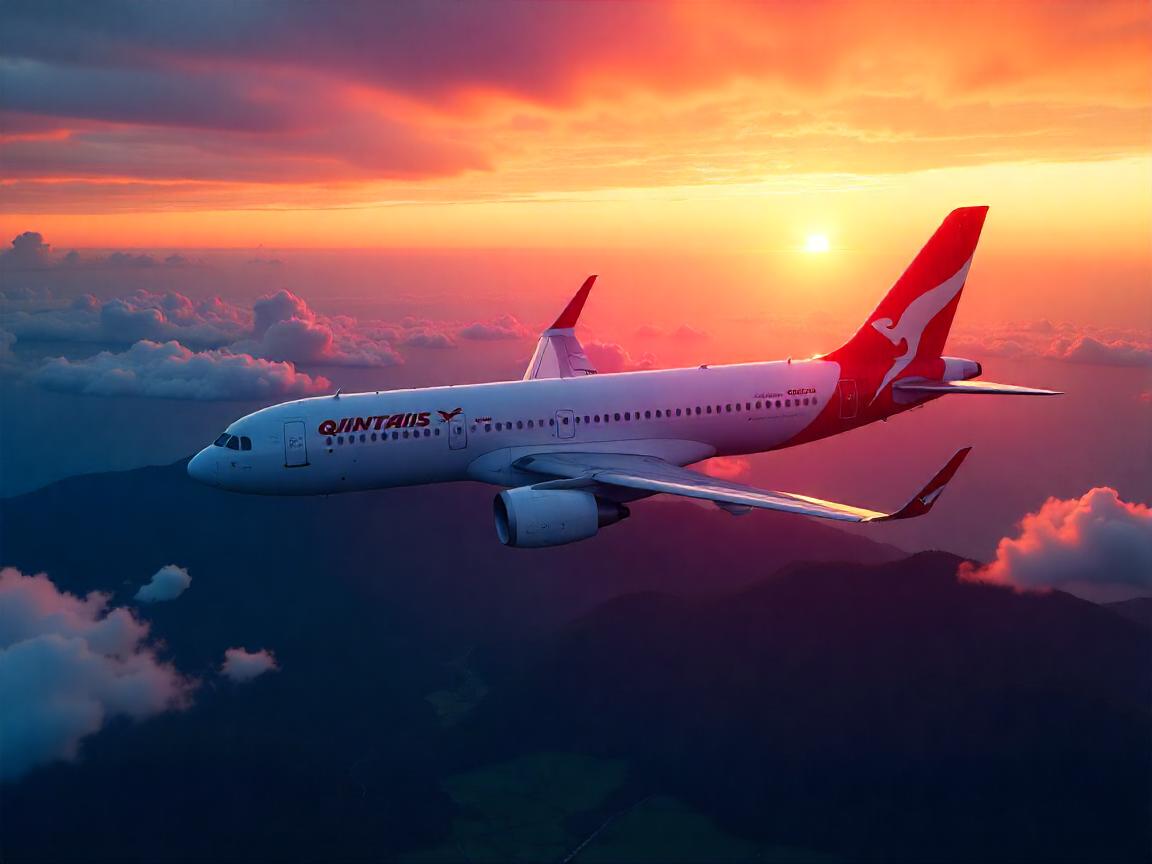Global Air Travel Demand Rises 5% in May 2025, Driven by Asia-Pacific and Middle East Growth - Travel And Tour World
Tuesday, July 1, 2025

Global air traffic demand was up 5% year-on-year in May 2025 as industry-wide recovery persisted, reported the International Air Transport Association (IATA). With international traffic taking the lead, it was mainly international traffic that drove travel demands due to strong traffic in the Asia-Pacific and Middle East sectors as carriers registered significant gains in passengers. Domestic traffic was mixed with regions recording gains while others registered losses.
The overall 5% rise in global passenger traffic was largely fueled by a significant increase in international travel, which saw a year-on-year jump of 6.7% in May 2025. Asia-Pacific airlines, in particular, saw an impressive growth rate of 13.3% in international revenue passenger kilometers (RPK), a key indicator of demand. This was bolstered by a 10.6% rise in capacity, resulting in a stable load factor of 84.0%, a reflection of high demand on long-haul international routes.
Middle Eastern airlines also contributed to the global growth, with a 6.2% rise in international RPKs. Despite geopolitical disruptions affecting the region in late June, airlines in the Middle East maintained a solid performance with a 6.3% increase in capacity and a strong load factor of 80.9%, just a slight dip from the previous year.
IATA’s Director General, Willie Walsh, commented on the performance, highlighting the contrasting growth across regions: “Air travel demand growth was uneven in May. Globally, the industry reported a 5% growth, with the Asia-Pacific region taking the lead. However, severe disruptions in the Middle East remind us that geopolitical instability remains a challenge in some regions.”
Asia-Pacific continued to show the most significant recovery, with airlines in the region posting double-digit increases in both international RPKs and capacity. This is particularly noteworthy given the ongoing global challenges, including fuel price fluctuations and geopolitical tensions.
The 13.3% rise in international RPKs from Asia-Pacific airlines suggests that the region’s air travel market is not only recovering but also expanding, outpacing other parts of the world. The region’s growth was spurred by rising demand from both business and leisure travelers as well as increased airline capacity aimed at meeting the growing need for international connections.
Middle Eastern carriers, despite facing challenges such as the geopolitical instability that affected operations in late June, showed resilience with a 6.2% rise in international demand. This performance is attributed to a steady increase in capacity (up by 6.3%) and a continued high load factor of 80.9%.
Although tensions in the region temporarily disrupted operations, the Middle East remains a key player in global air travel, with passengers continuing to travel through major hubs such as Dubai, Doha, and Abu Dhabi. Walsh acknowledged the challenges posed by geopolitical instability but emphasized that airlines in the Middle East have managed to navigate these disruptions without significant passenger inconvenience.
Domestic air travel globally saw a modest 2.1% increase in May 2025. While some domestic markets showed strong growth, others faced declines. Notably, China and Brazil experienced robust domestic growth, with China’s domestic market increasing by 7.4% and Brazil posting an impressive 18.3% rise. Both countries benefitted from sustained consumer demand and an increase in airline activity.
In contrast, the United States saw a 1.7% decline in domestic passenger demand. This decrease was attributed to economic headwinds, including a reduction in government travel, which had previously contributed to high domestic demand. Despite these challenges, the U.S. domestic market continues to be a significant player in global air travel.
The global domestic load factor stood at 83.7%, a slight decrease of 0.5 percentage points from the previous year. This indicates that while demand for domestic travel is growing, airlines are still facing challenges in maintaining high efficiency across different regions.
IATA remains cautiously optimistic about the future of air travel, with strong forward bookings for the northern summer. While the recovery is on track, the industry is still navigating uncertainties such as geopolitical risks and fuel price fluctuations.
Willie Walsh expressed optimism but urged the industry to stay vigilant: “While we are seeing positive signs of recovery, we must continue to monitor external factors that could impact air travel demand, including geopolitical risks and fluctuations in fuel prices. The industry must remain adaptable and ready to respond to these challenges.”
5% year-to-year expansion in May 2025 for the global air market marks a constructive indication of ongoing restoration, with Asia-Pacific and Middle East taking the lead. The international traffic rebound demonstrates the strength of key markets and ongoing desire for long-haul air transportation. Nonetheless, varying domestic market performance in each region, especially in the United States, maintains that restoration remains patchy regionally.
Although the industry has been recovering, IATA’s latest figures provide a good indication that global air travel continues to approach pre-pandemic levels with lingering issues that need to be closely observed in months to come.
«Enjoyed this post? Never miss out on future posts by following us»










